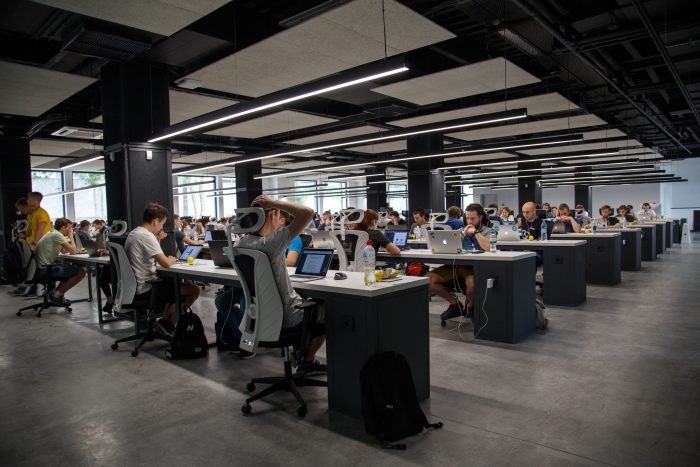Blog
My Other Career

My main career has been that of software Engineer, over the years working for Sperry Univac, Unisys, Paramax, Loral, Lockheed Martin, Rockwell Collins and Leidos, on such projects as DDG993, CG-26, CPF, AN-UYK43, P-3 Orion, CH53K and the FAA ERAM systems.
As a software engineer, it is not often you get any positive feedback from the customers but there are a couple moments in my career that I found particularly satisfying.
One of the projects I worked on was the P-3 Orion. This aircraft is capable of performing many missions including surveillance, search and rescue, submarine hunting, communications coordination, radar imaging and more.
Over the years I worked on many software upgrades to the mission system. I went through Navy survival training and then was cleared to fly on test missions where I would investigate problems with the software, provide workarounds, collect data, install updates and maintain the system.
The P3’s were used extensively in the Gulf War. After the war, a marine who had flown on P3 missions during the war came to speak to our team at Lockheed Martin.
He told us several stories of actual missions that had been flown and stressed how our systems had made a big difference in the success of the missions and saved many marines lives. That statement made all the long hours and hard work, worth the effort.
Early in my career, I supported the sea trials for the DDG993 class Navy destroyers, built in Pascagoula Mississippi. I was like Dr. Spock in Star Trek but in real life.
If something didn’t work right, or they needed the software to do something it wasn’t programmed for, I would write a patch to change the software to fix the problem or add the new capability. There was no re-compiling, and no rebooting.
The system had to stay up and keep working while I changed the machine code, which was entered in octal in those days. Once, the Ships Supervisor asked me if I could write a patch to re-direct the printouts from the radar alignment tests to a faster line printer instead of the slow clunky DEAC.
Keep in mind that in the late 1970’s, programs were still loaded from magnetic tape and there were no writeable storage devices connected to the system, so paper printouts were the only option to save data.
The radar alignment test required the test team to schedule several test flights over several days of aircraft from the nearby Pensacola Navy base to track with the radars.
This cost time and money, with the problem being that the DEAC printer was so slow, and as a result, the aircraft could only support one test before it had to return to base to refuel.
I wrote the patch and installed it. It worked so well they were able to complete all of their alignment test with one aircraft flight.
